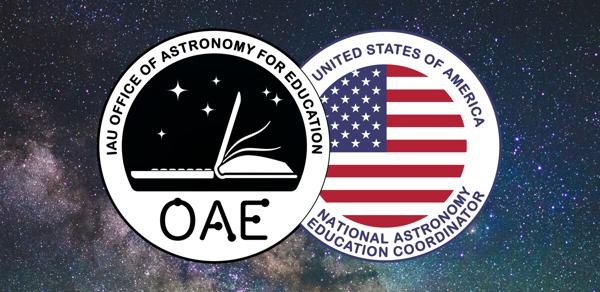Glossary term: 紅超巨星
Description: 紅超巨星是一種表面溫度相對較低,但半徑通常是太陽等主序星的幾百倍甚至幾千倍的恆星。較低的溫度使其表面呈現紅色,而較大的直徑則使恆星的亮度大大超過太陽。
紅超巨星的形成方式與紅巨星相同,但其前身恆星的質量要大得多。 這兩種類型的恆星最初都是主序星,也就是像太陽一樣通過核聚變在其內核中將氫燃燒成氦的恆星(不過紅超巨星的質量要比太陽大得多)。當這種恆星的氫燃料耗盡時,它就會開始將氦燃燒成更重的元素。這時,恆星會膨脹,其表面會在此過程中冷卻下來,隨著體積的增大,恆星會變得更加明亮。紅超巨星的剩餘壽命只有幾萬年。
獵戶座的參宿四和天蠍座的天兔座就是紅超巨星的例子。與紅巨星一樣,紅超巨星也容易發生脈動和質量損失。大多數(可能是全部)紅超巨星都會以超新星爆炸結束,噴出大量氣體,核心坍縮形成中子星或黑洞。
Related Terms:
See this term in other languages
Term and definition status: The original definition of this term in English have been approved by a research astronomer and a teacher The translation of this term and its definition is still awaiting approval
This is an automated transliteration of the simplified Chinese translation of this term
The OAE Multilingual Glossary is a project of the IAU Office of Astronomy for Education (OAE) in collaboration with the IAU Office of Astronomy Outreach (OAO). The terms and definitions were chosen, written and reviewed by a collective effort from the OAE, the OAE Centers and Nodes, the OAE National Astronomy Education Coordinators (NAECs) and other volunteers. You can find a full list of credits here. All glossary terms and their definitions are released under a Creative Commons CC BY-4.0 license and should be credited to "IAU OAE".
If you notice a factual or translation error in this glossary term or definition then please get in touch.
Related Media
星空下的瞭望塔和稻田
Credit: Likai Lin/IAU OAU
License: CC-BY-4.0 Creative Commons 姓名標示 4.0 國際 (CC BY 4.0) icons
獵戶王國
Credit: Carlos Zudaire/IAU OAE
License: CC-BY-4.0 Creative Commons 姓名標示 4.0 國際 (CC BY 4.0) icons










